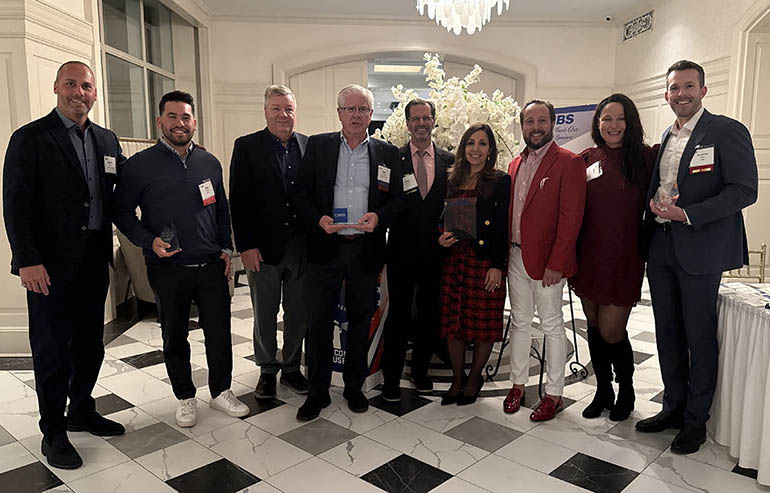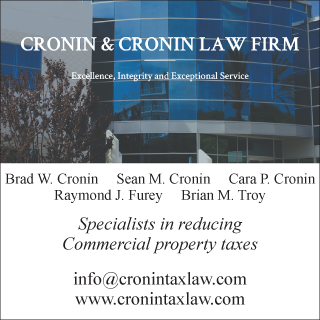Should you accept a previous Phase One Environmental Site Assessment? - by Chuck Merritt

Many times, during a commercial real estate transaction that was not finalized, there is a Phase One Environmental Site Assessment (ESA) available. This may be the result of a buyer arranging one in which the seller was provided a copy. In some instances, a seller may tell the next buyer that he has a phase one he can share and save the new buyer some money. This can be a dangerous scenario as the new buyer now has a report that was not prepared for them. Most phase one reports have disclaimers indicating only the intended party (client) may rely on the contents of the report. So, the new entity would not have any recourse against that company if mistakes were made.
The best practice is for that new entity to hire their own phase one company to prepare an Environmental Site Assessment (ESA) in accordance with the American Society of Testing Materials (ASTM) All Appropriate Inquiry (AAI) standards. With the cost of commercial real estate being in the millions and the cost of a phase one ESA being a few thousand dollars, this makes good business sense. In addition, one of the primary reasons for conducting a phase one report is the legal protections provided. The Comprehensive Environmental Response Compensation and Liability Act (CERCLA) of 1980 or better known as Superfund requires such a report. So, providing a report not addressed to the entity seeking this protection would most likely disqualify such a petition. Other legal terms such as Innocent Landowner defense are also important protections to understand when commissioning the phase one study.
One of the other issues that tend to arise is the date phase one ESA was prepared. The ASTM standards indicate the “Shelf Life” of the phase one report is 180 days (six months). So, if the seller hands off that report after the six-month mark it would need to be “updated”. Most companies have a policy not to update another company’s work product based on the additional liability they will incur. The latest ASTM standard known as E1527-21 which was adopted by the Environmental Protection Agency (EPA) in the beginning of 2023 now includes items such as Vapor Encroachment and adjacent property usage point out these items as Recognized Environmental Conditions (RECs). Since this has only occurred in the past several months, there is a very good chance that the ESA report that the seller is handing over may not meet this standard.
There are also instances where banks end up with the report as that buyer who accepted the seller provided report (not addressed to them) will provide it to a lending institution in conjunction with a loan they are seeking. Many banks have internal guidelines that prevent this practice. Yet sometimes a lender may try to help the borrower with the third-party vendor’s costs in obtaining a loan. In this instance, the bank may ask one of their approved vendors to review the report. At this juncture, a consultant may point out the same facts; the report is not addressed to the bank limiting their ability to rely on it or it is too old to accept since it does not meet today’s ASTM standard.
Environmental consultants today have a close relationship with their clients as they understand more and more about the problems associated with legacy issues at a property they are interested in buying. Working with one or two reputable firms on a regular basis is better than trying to find the cheapest firm to provide an opinion on a piece of property that costs millions of dollars to purchase. These tend to also be the firms that lenders rely on as well. If not on a particular lender’s approved list, a good scope of work and adherence to the latest ASTM standards goes a long way with a lending institution and the people they may call upon to review the ESA. The type of insurance an environmental firm carries should also be vetted as the lending institution will probably want to see that as well. There are many policies available that do not cost much, but also do not cover much either. As with most things in life, you end up getting what you pay for, and environmental due diligence is no exception. In fact, it may be even more important to “pay up” for firms with a good reputation, good business practices, experienced personnel, and reliable insurance to draw upon if needed.
Chuck Merritt, LEED AP, is the president of Merritt Environmental Consulting Corp., Hauppauge, N.Y.
Suffolk County IDA supports expansion of A&Z Pharmaceuticals


The evolving relationship of environmental consultants and the lending community - by Chuck Merritt
When Environmental Site Assessments (ESA) were first part of commercial real estate risk management, it was the lenders driving this requirement. When a borrower wanted a loan on a property, banks would utilize a list of “Approved Consultants” to order the report on both refinances and purchases.








.gif)
.jpg)